
Written in 2023
Camping
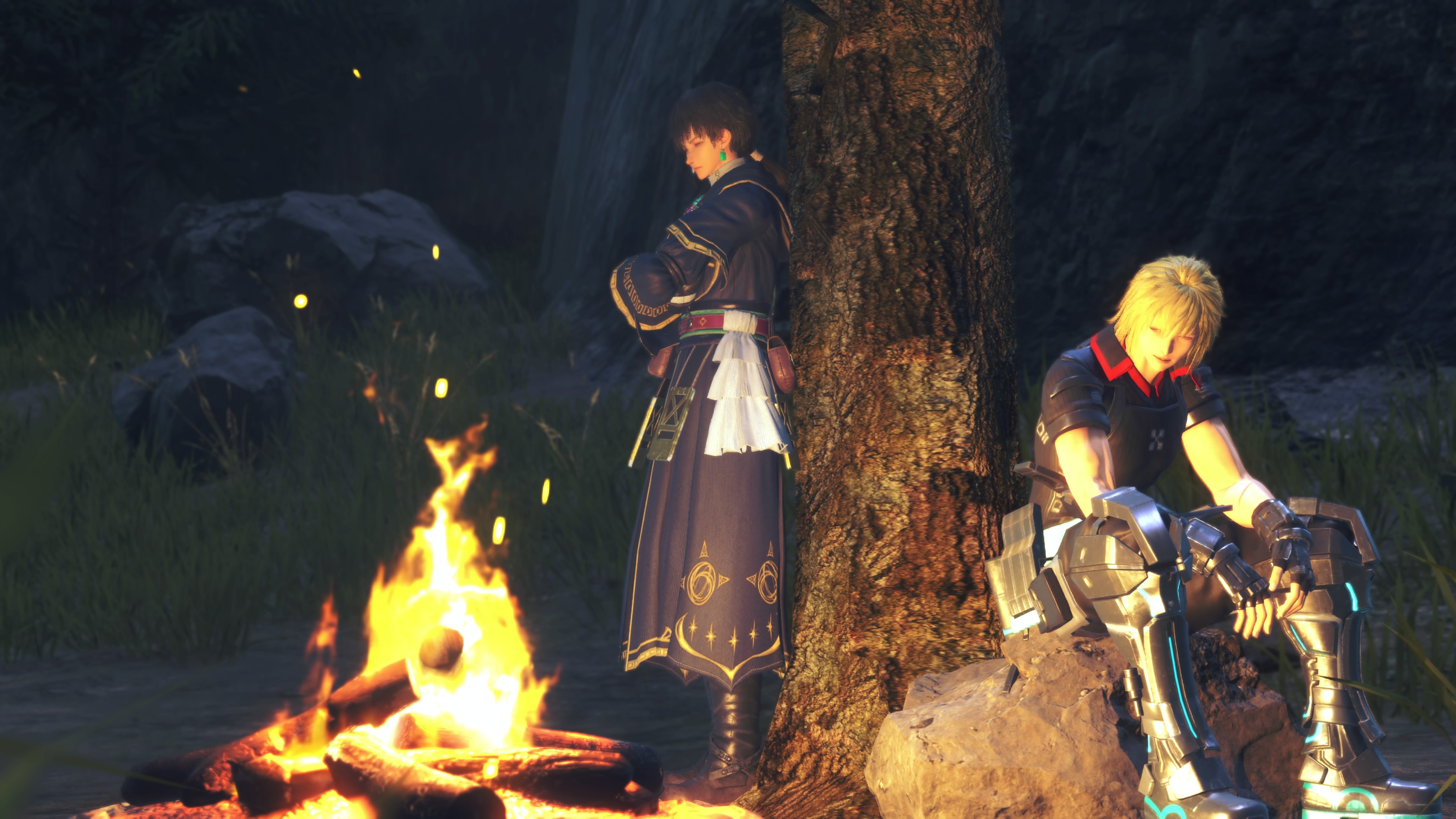
As written in our voyage article in this "cliché" report, RPGs are often enough about travelling the world with friends or people who share the same goal. Sometimes, when a journey is taking some time, the party has to set up a camp.
These moments of tranquility and peace, right between some more intense moments on a journey offer various opportunities: Characters could get to know each other more, there can be meaningful interactions and even some moments that progress the story.
Some games incorporate camps as part of the gameplay, others only have just some cutscenes that cover a camp scene.
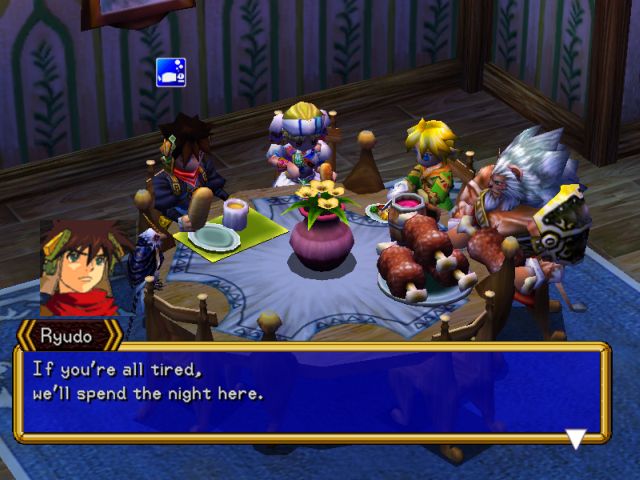
The events that happen in camps are something that is part of the gameplay loop within Grandia. The first game even starts out with Justing being the son of a restaurant owner, and after the first couple of adventures, the group (and Justin's mother) always eat at the restaurant.
Later on, as the hero's journey starts, the dinner talks sometimes happen in camps, but inns also offer the opportunity to seve a meal before going to bed. And in these occassions, the group can talk about what happened in the story, what impact this had on the motivation of the characters and what they're learning from it.
Also check out our reviews of the first, the second, the third game or the recent collection in the Grandia series.
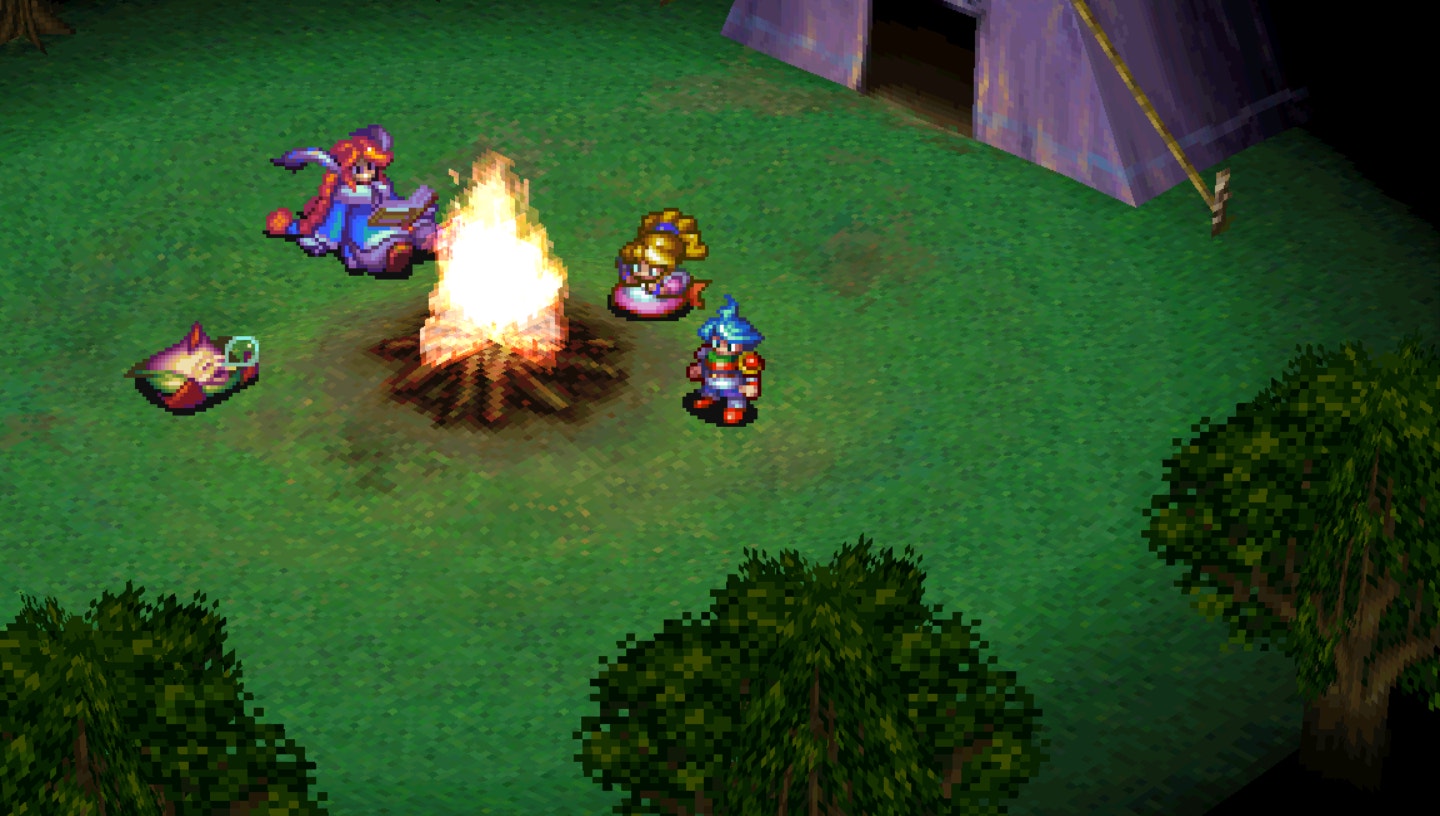
Breath of Fire 3 has a similar approach to the camps as Grandia - just this time, it's more focused on actual camping. On the overworld, players can set up a camp anytime. The group then gets into a (considerably big) tent and players with the player controlled character, Ryu, can then talk to their party members.
There are some additional quality of life features there as well - the game can be saved, and there's a list of all the combat masters the party has access to at the moment.
Sometimes, during the story, the camp will be set up automatically, but generally, the camping part is a game mechanic like many others.
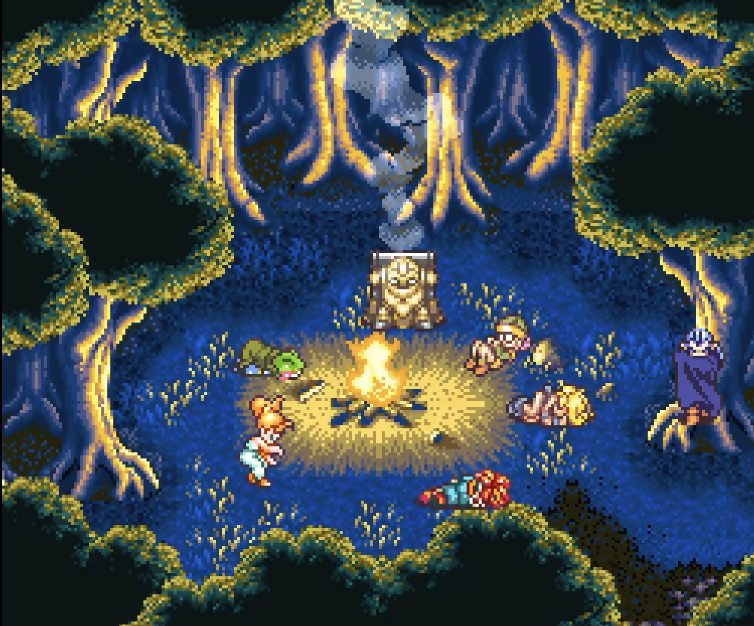
Chrono Trigger has a completely different approach. Here, there is only one campfire scene in the whole game, and it's totally optional on top of that. But it is one of the most famous story scenes in RPG history.
During a sidestory, players can reforest a land that has been dried out by a demon. After the demon has been killed and one of the party members (the robot, Robo) has been assigned to do the reforestation staff, the party joins up in this "new" forest and has some deep talk about what they think started the events of the story.
Also, from this scene, another optional event starts, where a family member of one of the party members can be saved.
Those who played Chrono Trigger without knowing what might happen really were surprised about events that deep happening in a side story.
Our review, in case you want to read more about the game.
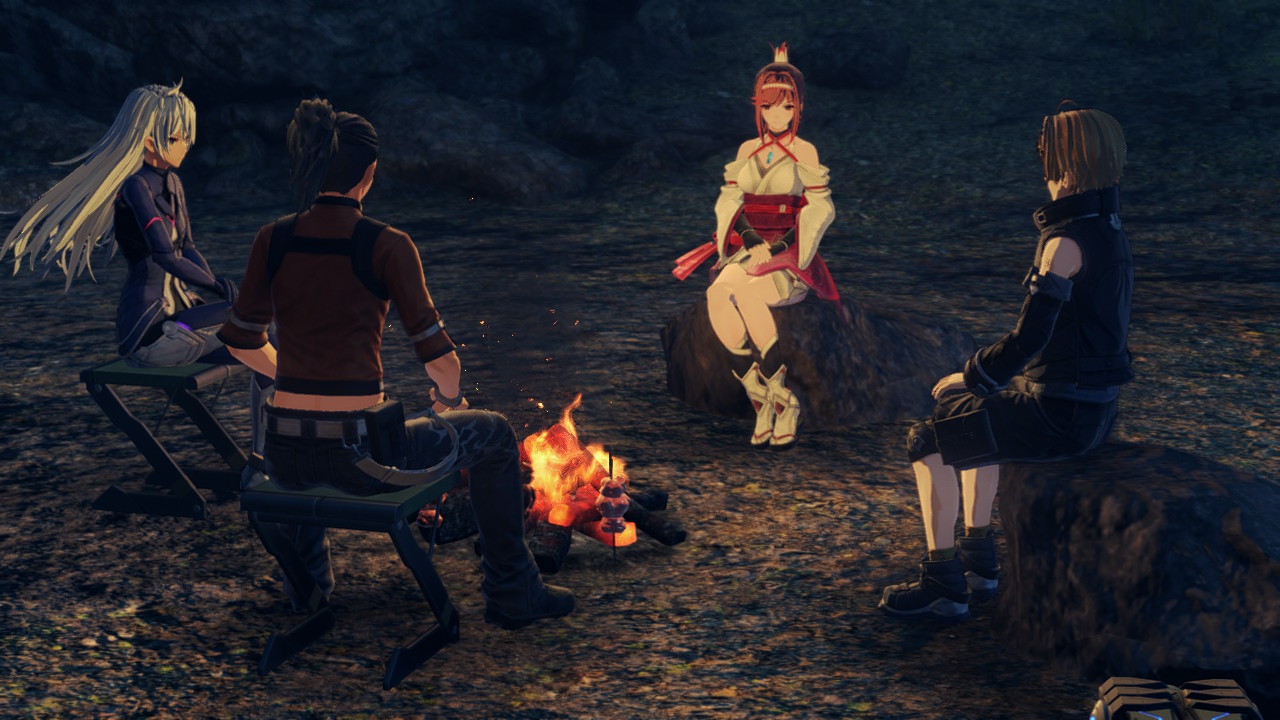
Xenoblade 3 has an approach to camps like Breath of Fire 3 or Grandia. Camping is part of the gameplay loop, and it offers a variety of options for players to progress various elements in the game.
Players can save, level up additionally with bonus experience points, clean their clothes and craft some items there.
There's also the option to have conversations with party members. The conversations can be initiated after the crew got information about certain events by talking to NPCs or listening to NPCs talking to each other. These can progress the story, uncover new missions or just gain some experience points.
Since there are almost no regular towns in the world of Xenoblade 3, areas with no enemy interaction ususally are either remote camp sites or "colonies", which act like huge camps set up by soldiers. There are canteens or tents to sit down and have a chat.
Our review, in case you want to read more.